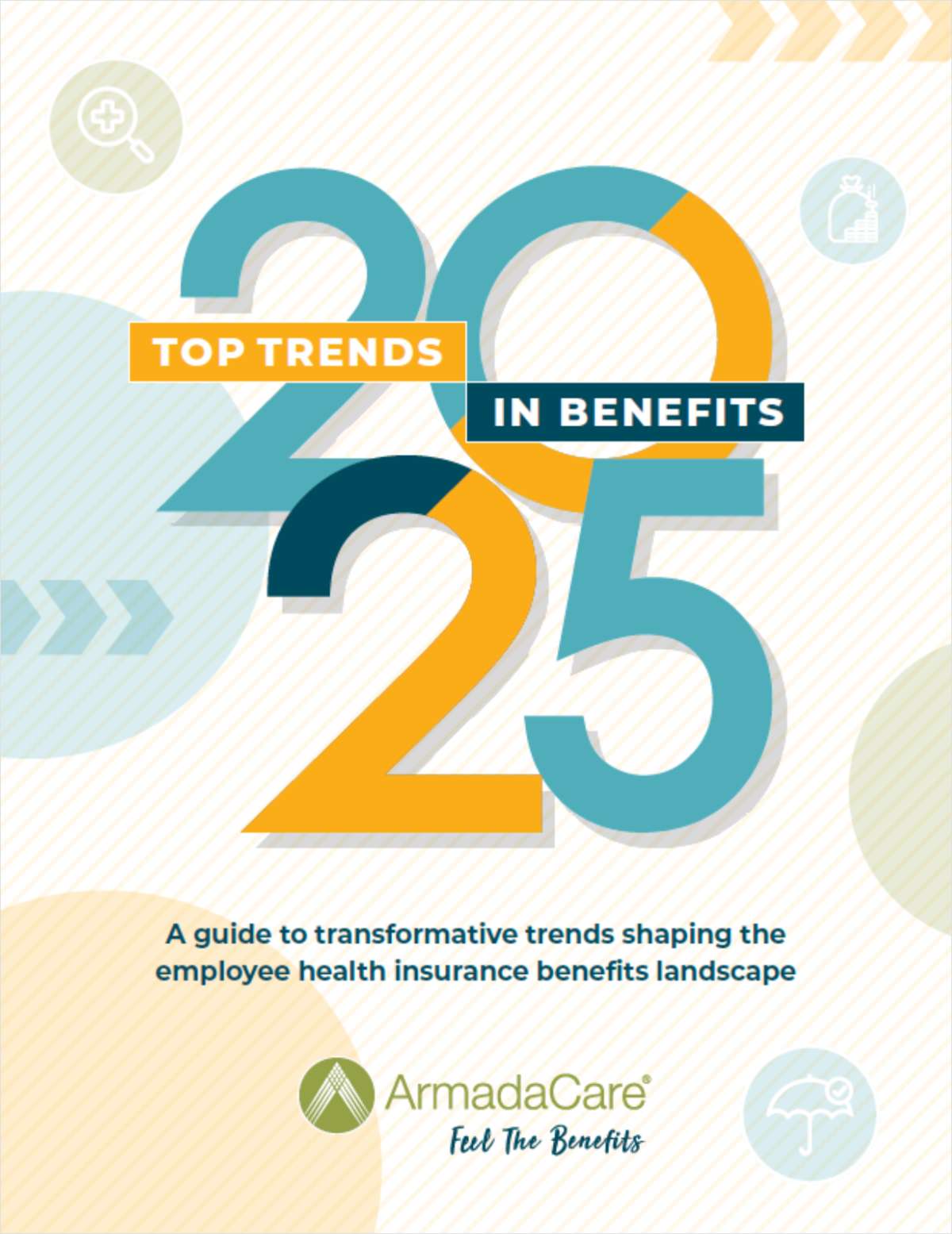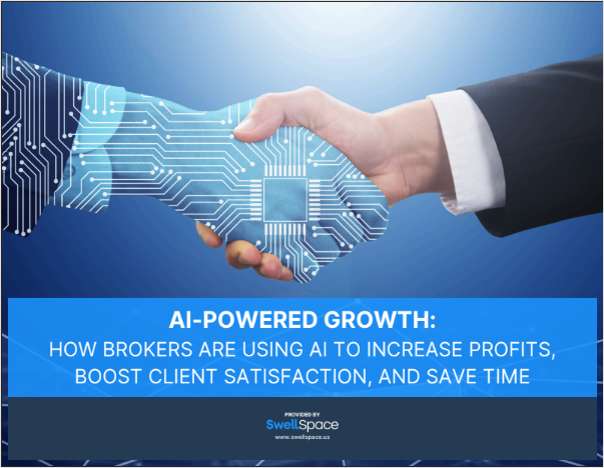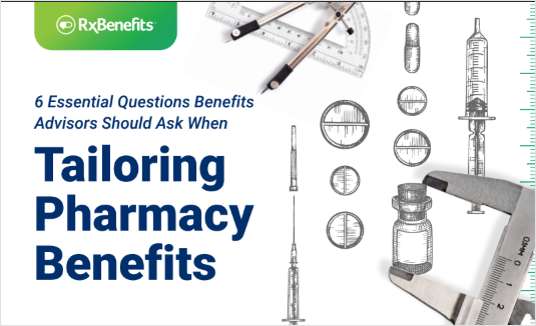 Through a routine eye exam, eye care professionals can identify more than 30 medical conditions, often before the patient is diagnosed or experiences outward symptoms. (Photo: Shutterstock)
Through a routine eye exam, eye care professionals can identify more than 30 medical conditions, often before the patient is diagnosed or experiences outward symptoms. (Photo: Shutterstock)
Ask aging Americans what health conditions they fear most, and their answers will likely include blindness, stroke, Alzheimer's disease and heart disease.
These conditions are not only debilitating and potentially fatal, but also incredibly costly. Alzheimer's alone is the most expensive disease in America, costing society more than cancer treatment, according to the Alzheimer's Association.
As we enter open enrollment season, many consumers are taking proactive steps to ensure they are covered for these and other serious conditions. Every year, people flock to their medical benefits provider, weighing coverage options, out-of-pocket costs associated with their plan, and the tradeoff between their deductible and premium.
However, the health care system is difficult to navigate, and many consumers are not enrolling in benefits that will best preserve their health and quality of life. Considering early detection is the key to early intervention and improved outcomes for many chronic conditions, it's alarming that consumers do not take advantage of benefits that provide increased screening capabilities. For example, many consumers don't take into account the value eye exams provide for their long-term health and pockets.
|Eye exams as preventative health
It may be tempting for consumers to dismiss vision benefits if they do not wear glasses, but they would be remiss to ignore the essential benefits of vision coverage–low cost, highly effective, whole-body preventative care.
Through a routine eye exam, eye care professionals can identify more than 30 medical conditions, often before the patient is diagnosed or experiences outward symptoms. In fact, just a few conditions an eye exam can detect and diagnose include: impaired cognitive function, inflammation, heart disease, diabetes, certain cancers, lupus, liver disease, multiple sclerosis, and even AIDS.
To this point, a study from the International Journal of Ophthalmology found that 21 percent of patients tested for high blood pressure through an eye exam had the condition, yet of these, 66.7 percent had no idea they had elevated levels.
How is an eye exam able to detect such a range of conditions outside of vision health? Simple. When an eye doctor performs an eye exam, they get a non-invasive look inside the body and can pick up on changes to the eye caused by underlying conditions. The eyes are very sensitive organs and are often one of the first areas affected by changes to our nervous or circulatory system.
|Eye exams save lives
While heart health and vision have a clear connection between the blood vessels in the eye and the cardiovascular system, there are three diseases that many people are shocked to learn have strong connections to ocular health: cancer, diabetes, and Alzheimer's disease.
An eye on cancer
There are a number of cancers that can be detected during an eye exam. These include leukemia, colon cancer, brain cancer, and ocular tumors. Common vision symptoms of a brain tumor include blurred or double vision, abnormal eye movements, or a restricted field of view. These symptoms are often caused by swelling or pressure on the anatomy of the ocular system.
The connection between brain tumors and vision health was recently noted in a story that made international news: Harry Mockett, 21-year-old musician, was having difficulty reading questions to a game show on television. After visiting an eye doctor, Harry received a prescription for glasses. After one week, his condition did not improve, so the eye care professional performed an eye exam, which noted swelling of the optic nerve.
Although he experienced no other symptoms, Mockett was sent to the hospital where he was diagnosed with a golf ball-sized brain tumor. Thankfully, his eye exam saved his vision and possibly his life.
Diabetes and vision
In 2016, an estimated 1.6 million deaths were directly caused by diabetes, according to the World Health Organization. Diabetes is also the leading cause of preventable blindness in adults in the U.S., although patients are typically asymptomatic in the early stages of the disease. Given this, it's no surprise that 20 percent of people first learn that they are diabetic as a result of an eye exam, according to a study from Human Capital Management Services.
During an eye exam, the eye doctor can examine the optic nerve, the retinal blood vessels, and the back of the eye. During this exam, the physician may notice leakages in the small capillaries in the retina, often indicating diabetic retinopathy.
And yet, even with the threat of blindness, many diabetics skip their annual eye exam. In a study of 1,968 diabetics over the age of 40 from the Willis Eye Hospital and Thomas Jefferson University, researchers found that a nearly 60 percent of diabetics did not adhere to eye care recommendations from doctors and health plans and failed to get an eye exam.
Because early intervention is central to successful treatment of this disease, early detection has a significant effect on quality of life and cost outcomes for patients suffering from diabetes. A regular eye exam is a critical component of any health and wellness program to not only detect diabetes but reduce blindness and further complications from this disease.
Brain function and visual impairment
While the eyes and brain are in close proximity, most people fail to realize the connection between these two critical organs, particularly when it comes to identifying cognitive function issues through the eyes.
Several studies have shown that an eye exam can predict dementia, the primary cause for nearly 262,000 deaths in 2017 in the US, according to the U.S. Centers for Disease Control and Prevention. For instance, one study from the Stanford University School of Medicine et al., found that seniors with visual impairment were up to 2.8 times more likely to have cognitive dysfunction or dementia. Specifically, researchers noted that those people with near vision impairment were 3.1 times more likely to have cognitive dysfunction, even when other factors such as diabetes, heart disease, smoking, etc. were taken into consideration.
A similar study from the Washington University in St. Louis and Blue Sky Neurology found that eye care professionals can detect small alterations in retinal blood vessels that are known to be a biomarker for Alzheimer's disease (AD) years before it begins to affect memory. Researchers found that people in the very early stages of the disease consistently had changes to the retina and that these changes occur at earlier stages of AD than has previously been demonstrated.
There's little doubt that routine vision exams serve as an effective screening tool for health conditions. Not only can they reveal information about the health of your eyes and vision, but they can diagnose some of the most serious chronic diseases, often years before there are symptoms of bodily damage, leading to improved quality of life for patients and much lower costs.
As consumers are selecting their benefits options for 2020, encourage them to take advantage of their company's vision plan and schedule an eye exam – you never know if it will save a life.
Maynard McAlpin is the chief operating officer at Versant Health, a managed vision care company focused on creating an integrated and seamless experience for health plans, members, and eye care professionals across the total eye health value chain.
Complete your profile to continue reading and get FREE access to BenefitsPRO, part of your ALM digital membership.
Your access to unlimited BenefitsPRO content isn’t changing.
Once you are an ALM digital member, you’ll receive:
- Breaking benefits news and analysis, on-site and via our newsletters and custom alerts
- Educational webcasts, white papers, and ebooks from industry thought leaders
- Critical converage of the property casualty insurance and financial advisory markets on our other ALM sites, PropertyCasualty360 and ThinkAdvisor
Already have an account? Sign In Now
© 2025 ALM Global, LLC, All Rights Reserved. Request academic re-use from www.copyright.com. All other uses, submit a request to [email protected]. For more information visit Asset & Logo Licensing.








